Welcome to the Focusing on Wildlife Galleries
Discover and share outstanding wildlife images.
Join the discussions and upload your own photos.
The Atlantic Puffin (Fratercula arctica) is a seabird species in the auk family. It is a pelagic bird that feeds primarily by diving for fish, but also eats other sea creatures, such as squid and crustaceans. Its most obvious characteristic is its brightly coloured beak during the breeding seasons. Also known as the Common Puffin, it is the only puffin species which is found in the Atlantic Ocean.
3 Photos
The Audouin's Gull (Ichthyaetus audouinii) is a large gull restricted to the Mediterranean and the western coast of Saharan Africa. It breeds on small islands colonially or alone, laying 2-3 eggs on a ground nest. As is the case with many gulls, it has traditionally been placed in the genus Larus.
3 Photos
The Black Guillemot's (Cepphus grylle) breeding habitat is rocky shores, cliffs and islands on northern Atlantic coasts in eastern North America as far south as Maine, and in western Europe as far south as Ireland.They are one of the few birds to breed on Surtsey, Iceland a new volcanic island. In the UK it is fairly common breeding bird in western and northern Scotland and Northern Ireland. In the rest of Great Britain they only breed at St. Bees Head in Cumbria, the Isle of Man and on east Anglesey in north Wales.
3 Photos
The Black-headed Gull (Chroicocephalus ridibundus) is a small gull which breeds in much of Europe and Asia, and also in coastal eastern Canada. Most of the population is migratory, wintering further south, but some birds in the milder westernmost areas of Europe are resident. Some birds will also spend the winter in northeastern North America. As is the case with many gulls, it has traditionally been placed in the genus Larus
4 Photos
The Brown Pelican (Pelecanus occidentalis) is the smallest of the eight species of pelican, although it is a large bird in nearly every other regard. The Brown Pelican occurs on coasts in the Americas from Washington and Virginia south to northern Peru and the mouth of the Amazon River, as well as the island of Saut d'Eau in Trinidad and Tobago
9 Photos
The Great Cormorant (Phalacrocorax carbo), known as the Great Black Cormorant across the Northern Hemisphere, the Black Cormorant in Australia and the Black Shag further south in New Zealand, is a widespread member of the cormorant family of seabirds. It breeds in much of the Old World and the Atlantic coast of North America.
2 Photos
The Northern Gannet (Morus bassanus, formerly Sula bassana) is a seabird and is the largest member of the gannet family, Sulidae. Their breeding range is the North Atlantic. They normally nest in large colonies, on cliffs overlooking the ocean or on small rocky islands. The largest colony of this bird, with over 60,000 birds, is found on Bonaventure Island, Quebec, but 68% of the world population breeds around the coasts of Great Britain.
17 Photos
The Glaucous Gull, Larus hyperboreus is a large gull which breeds in the Arctic regions of the northern hemisphere and the Atlantic coasts of Europe. It is migratory, wintering from in the North Atlantic and North Pacific oceans as far south as the British Isles and northernmost states of the USA, also on the Great Lakes. A few birds sometimes reach the southern USA and northern Mexico.
8 Photos
The Herring Gull, Larus argentatus, is a large gull and is the most abundant and best known of all gulls along the shores of Asia, western Europe, and North America. It breeds across North America, Europe and Asia. Some Herring Gulls, especially those resident in colder areas, migrate further south in winter, but many are permanent residents, e.g. those on the lower Great Lakes, on the east coast of North America or at the North Sea shores.
18 Photos
The Lesser Black-backed Gull (Larus fuscus) is a large gull which breeds on the Atlantic coasts of Europe. It is migratory, wintering from the British Isles south to West Africa. It is also a regular winter visitor to the east coast of North America, probably from the breeding population in Iceland.
10 Photos
The Magnificent Frigatebird (Fregata magnificens) was sometimes previously known as Man O'War, reflecting its rakish lines, speed, and aerial piracy of other birds. It is widespread in the tropical Atlantic, breeding colonially in trees in Florida, the Caribbean and Cape Verde Islands. It also breeds along the Pacific coast of the Americas from Mexico to Ecuador including the Galapagos Islands. It has occurred as a vagrant as far from its normal range as the Isle of Man, Denmark, Spain, England, and British Columbia.
4 Photos
The Razorbill (Alca torda), a large auk, is the only living member of the genus Alca. Their breeding habitat is islands, rocky shores and cliffs on northern Atlantic coasts, in eastern North America as far south as Maine, and in western Europe from northwestern Russia to northern France. This species has undergone moderate declines in Europe, including very rapid declines in Iceland since 2005. Crashes in sandeel stocks around Iceland may be a contributing factor in the declines. The species is, therefore, listed as Near Threatened.
4 Photos
The Royal Tern (Thalasseus maximus) is a seabird in the tern family Sternidae. It breeds on the Atlantic and Pacific coasts of the southern USA and Mexico into the Caribbean. American birds winter south to Peru and Argentina, and African breeders move both north and south from the breeding colonies. African birds may reach as far north as Spain. This species has also wandered to western Europe as a rare vagrant, these records probably being from the American colonies.
11 Photos
The Sandwich Tern (Thalasseus sandvicensis, syn. Sterna sandvicensis is a seabird of the tern family Sternidae. The current genus name is derived from Greek Thalassa, "sea", and sandvicensis refers to Sandwich, Kent, Latham's type locality. In birds, the specific name sandvicensis usually denotes that the species was first described from Hawaii, formerly known as the "Sandwich Islands", but the Sandwich Tern does not occur there.
14 Photos
The European Shag or Common Shag (Phalacrocorax aristotelis) is a species of cormorant. It breeds around the rocky coasts of western and southern Europe, southwest Asia and north Africa, mainly wintering in its breeding range except for northernmost birds. In Britain this seabird is usually referred to as simply the Shag.
19 Photos
The Common Tern (Sterna hirundo) is a seabird of the tern family Sternidae. This bird has a circumpolar distribution breeding in temperate and sub-Arctic regions of Europe, Asia and east and central North America. It is strongly migratory, wintering in the subtropical and tropical oceans. It is sometimes known as the sea swallow.
21 Photos
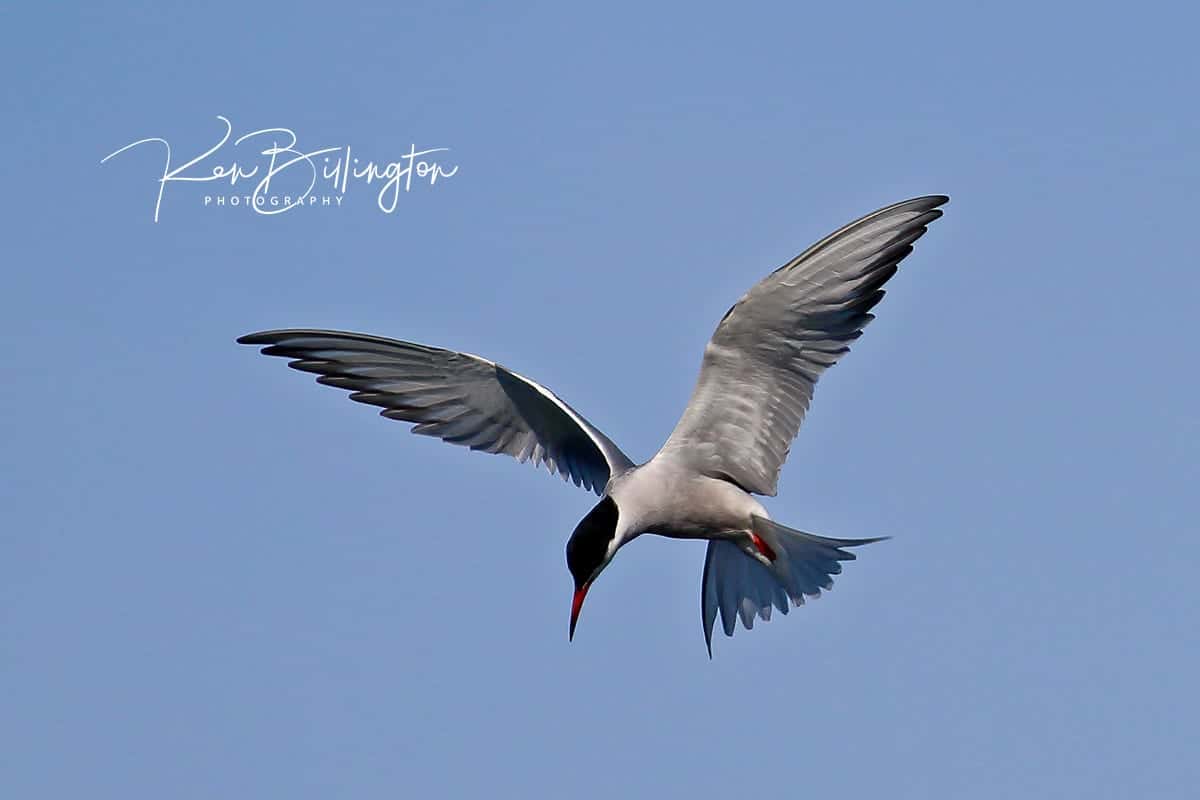
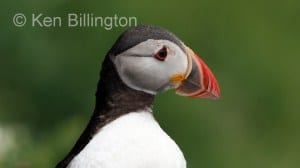
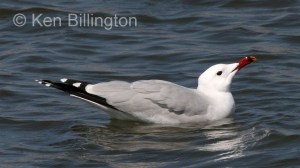
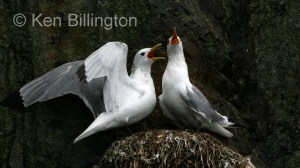
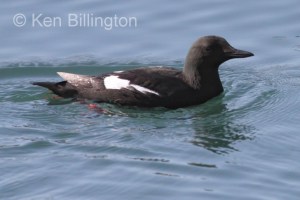

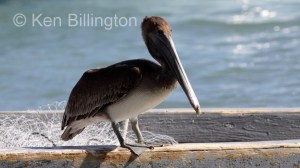
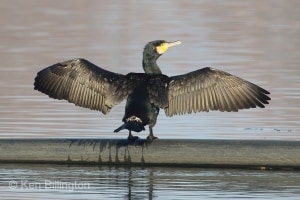
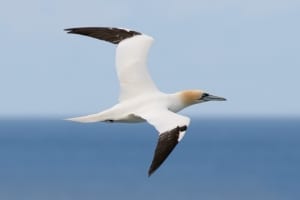


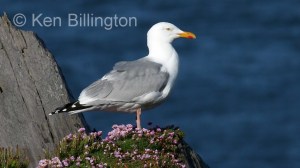

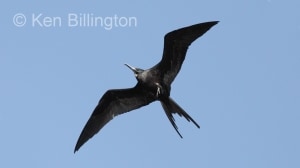
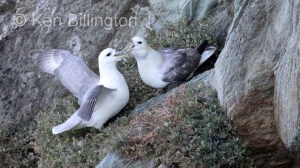
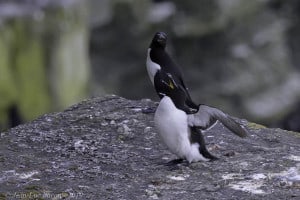
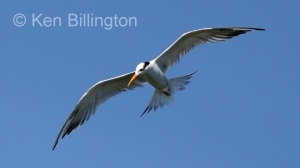
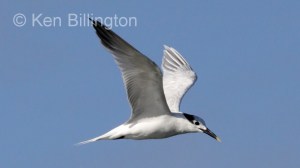
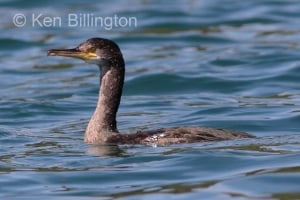
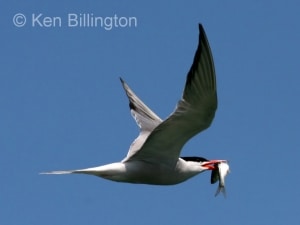
Leave a Reply